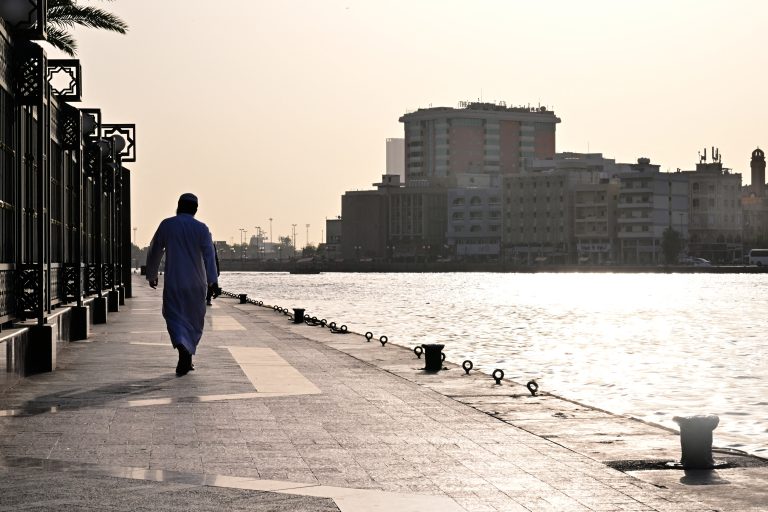São Paulo – The United Arab Emirates sees a strong economic growth driven by robust activity in the tourism, construction, manufacturing, and financial services sectors. Foreign demand for real estate, increased bilateral and multilateral ties, and the UAE’s safe haven status continue to drive rapid growth in housing prices and an increase in rents, while adding to ample domestic liquidity.
The information is from an International Monetary Fund (FMI) statement released on Monday (20) after a staff team from the institution, led by Ali Al-Eyd, visited the UAE from May 2-16 and held discussions with local authorities.
According to the statement, hydrocarbon gross domestic product growth is expected to increase this year, including on higher crude oil production from the UAE’s OPEC+ quota increase. OPEC+ stands for the Organization of the Petroleum Exporting Countries. Fiscal and external surpluses are expected to remain high on the back of relatively high oil prices.
Impacts from geopolitical tensions have been contained thus far, while the authorities delivered a rapid response to address the recent flooding episode. Overall real GDP is projected to grow by around 4.0% in 2024, and average inflation is expected to remain contained close to 2%.
UAE: Risks
Eyd points out that the outlook is subject to uncertainty and external risks, including those related to geopolitical tensions, global growth and financial conditions, and commodity price volatility. Uncertain impacts from climate change and the speed of global decarbonization efforts add to risks.
However, the IMF says, the UAE’s large public financial buffers help mitigate risks, while accelerated public and private investment and structural reforms, including to meet more ambitious climate goals and develop low-carbon and renewable energy and technology, could spur growth more than expected.
Read on:
UAE witnesses largest rainfall since 1949
Translated by Guilherme Miranda




